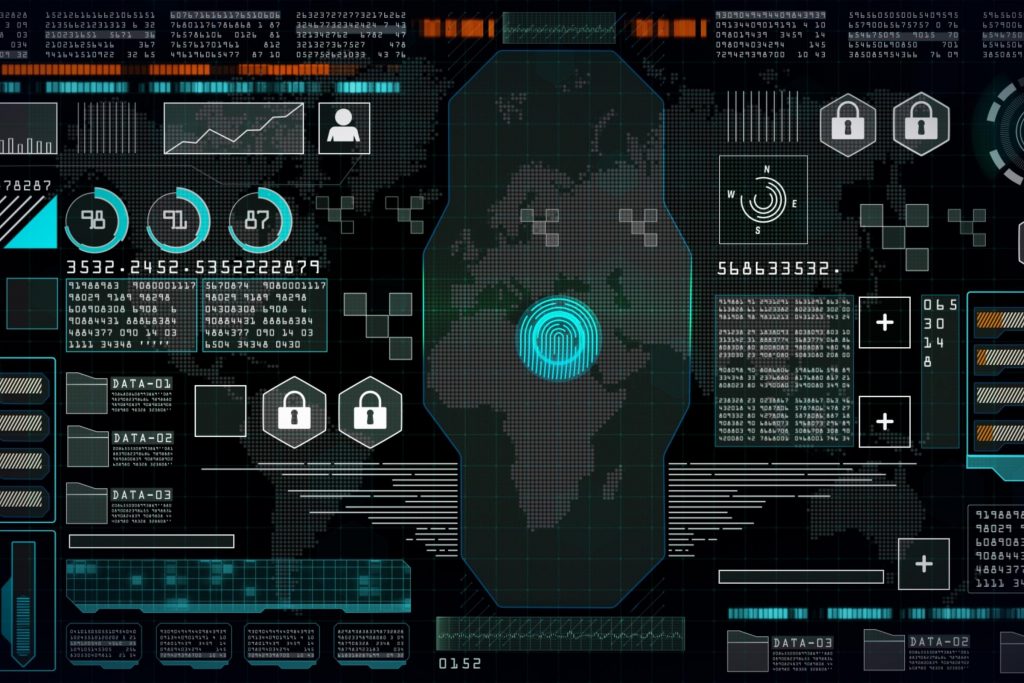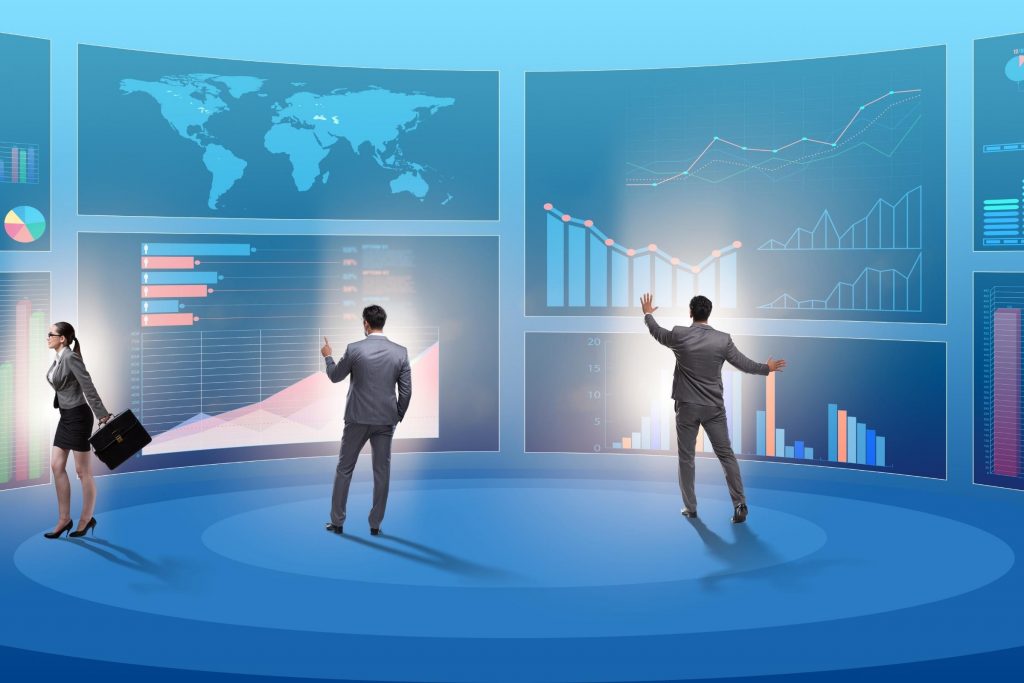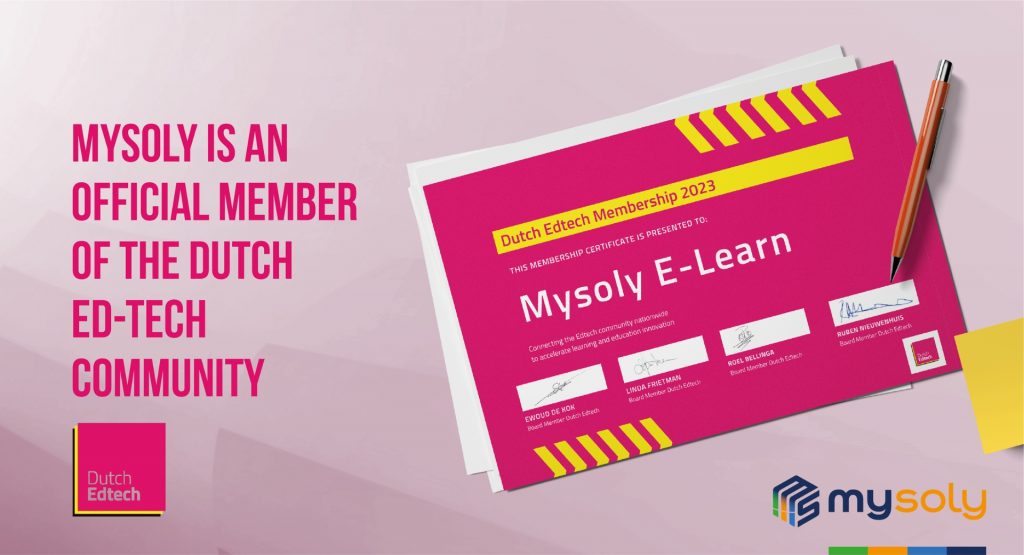The Power of Data Visualization
Introduction
Data analytics can provide valuable insights into various aspects of an organization. However, it’s important to be able to effectively communicate those insights to stakeholders in a clear and understandable way. This is where data visualization comes in. By creating visual representations of data, it becomes easier for people to understand and draw insights from the information.
In this blog post, we’ll explore the role of data visualization in data analytics and how it can be used to effectively communicate data insights to stakeholders.

What is Data Visualization?
It is the process of creating visual representations of data in order to communicate information clearly and effectively. These visualizations can take many forms, including charts, graphs, maps, and infographics.
Data visualization is an important part of data analytics because it helps to make complex data more accessible and easier to understand. It presents data in a visual format. Thus, it makes it easier for people to identify patterns, trends, and relationships in the data. Also, it helps to inform decision-making and strategy.

The Benefits of Data Visualization
There are several benefits such as:
- Improved understanding: Visual representations of data are often more effective at communicating information than raw data or text. With charts, graphs, and other visualizations, it becomes easier for people to understand complex data and draw insights from it.
- Enhanced communication: Data visualization can communicate data insights to a wide range of stakeholders, including executives, managers, and employees. Thanks to the data in a visual format, it becomes easier for people to understand and share information with others.
- Increased efficiency: It can help to identify patterns and trends in data more quickly than analyzing raw data. This can save time and resources, and allow organizations to make more informed decisions faster.
- Greater impact: It can be an effective way to make a strong case or persuade people to take action. A visual format provides convenience for people to understand the implications of the data and how it can be used to drive results.

Best Practices for Data Visualization
To effectively communicate data insights to stakeholders using data visualization, there are a few best practices to keep in mind:
- Choose the right visualization: Not all visualizations are created equal. It’s important to choose the right type of visualization for the data and the message you want to convey. For example, bar charts are effective for comparing categories, while line charts are good for showing trends over time.
- Keep it simple: It’s important to keep visualizations as simple as possible in order to avoid confusion. This means using clear labels, avoiding clutter, and using appropriate scales.
- Use appropriate formatting: Proper formatting is key to making visualizations effective. This includes using appropriate colors, font sizes, and other design elements to make the data easy to read and understand.
- Use clear titles and labels: It’s important to use clear and concise titles and labels on visualizations to help people understand what they’re looking at.
- Tell a story: Data visualization is a powerful tool for telling a story with data. By presenting data in a way that tells a story or illustrates a point, it becomes easier for people to understand and remember the information.

Conclusion
Data visualization is an important tool for data analytics and can be an effective way to communicate data insights to stakeholders. By using appropriate visualizations, formatting, and storytelling, it becomes easier for people to understand complex data and draw insights from it.
By following the best practices outlined above, organizations can use data visualization to effectively communicate data insights to stakeholders and drive better decision-making and results.
Remember, the goal is to make data more accessible and understandable, so be sure to keep things simple and clear. With the right strategy, you can effectively communicate data insights and drive better business outcomes.
Mysoly is a leading expert, specializing in data visualization workshops, style guides, & strategic design services. We build style guides, dashboards, and reports for business intelligence software.
Mysoly uses powerful designs to turn complex data and information into meaningful communications and memorable stories.
Contact us and learn more about our client solutions and how they can benefit your business.
Mysoly | Your partner in digital!



